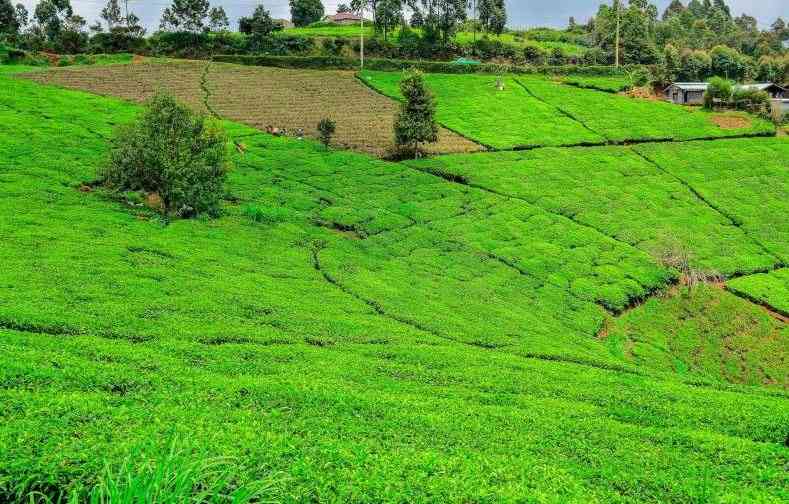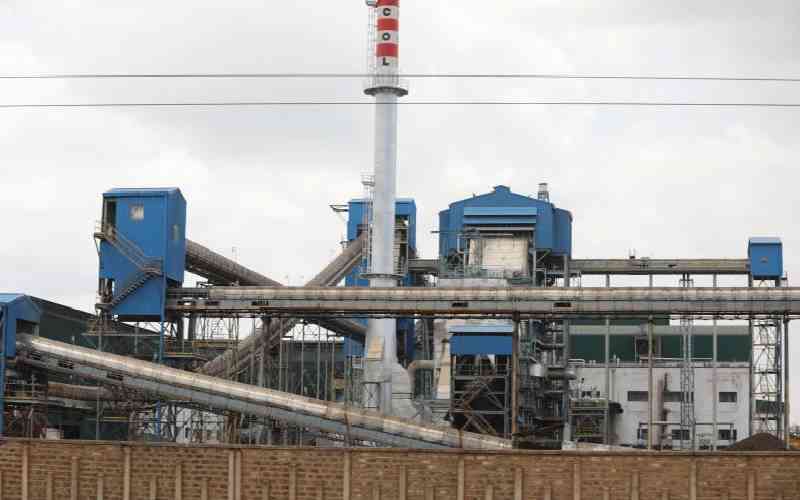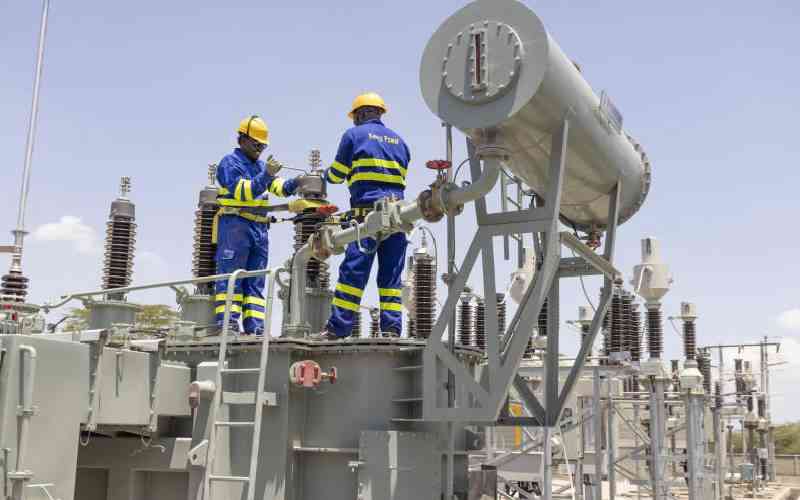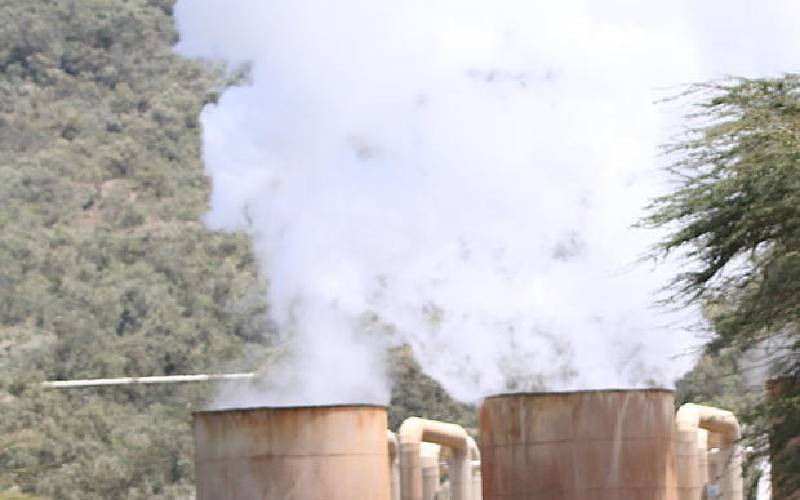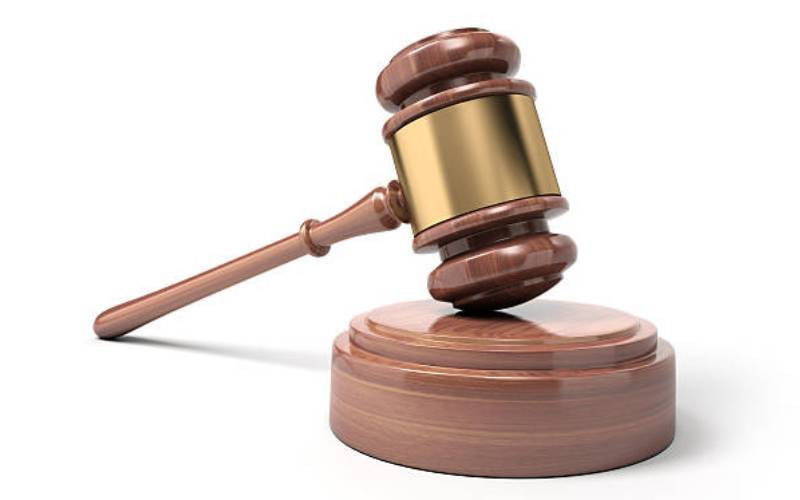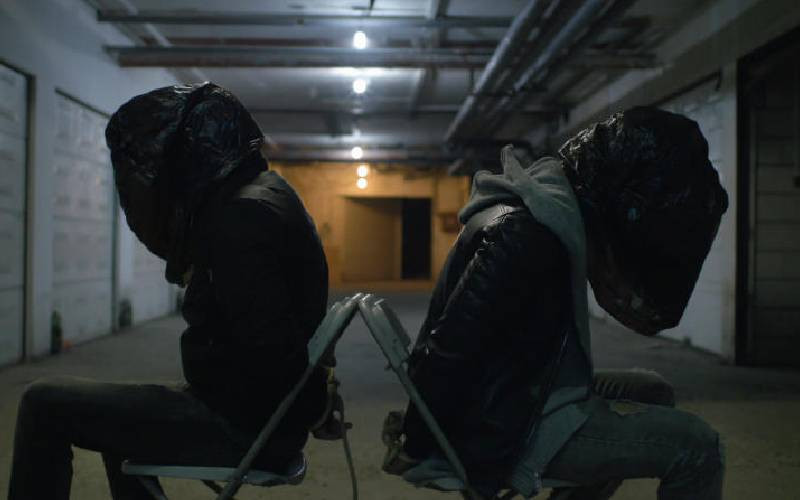
On October 28, 2024, a group of plain-clothed security personnel raided the home of Boniface Mwangi in Machakos, abducting him and detaining him at Kamukunji Police Station. He was later released. Meanwhile, activist Scophine Aoko, also known as Maverick Aoko, disappeared in Nairobi just days before Mwangi's arrest.
Both Mwangi and Aoko are former journalists with Standard Media Group and have been vocal leaders of the Gen-Z "bread protests," a movement now fuelling widespread discontent with President William Ruto's government.

